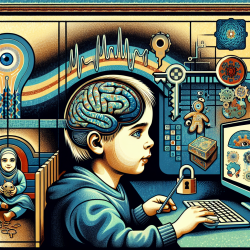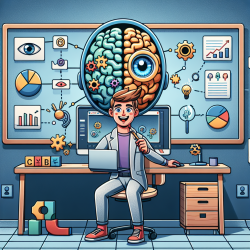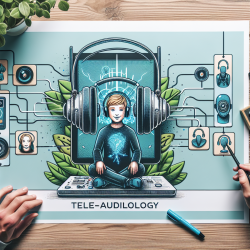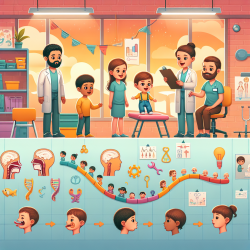Understanding ERP Components
Electroencephalography (EEG) and event-related potentials (ERPs) are powerful tools that help us see how the brain processes sensory information. In this study, researchers used ERPs to compare brain responses among adults, typically developing children, and children with SPD. By analyzing specific ERP components like N1, P2, N2, and P3, they discovered distinct patterns that differentiate these groups.Key Findings and Their Implications
The study revealed two important functions:- Sensory Processing Deficit Continuum: This function highlights the differences in brain activity related to sensory processing deficits. Children with SPD showed less early sensory detection (smaller N1) but more extended and intense processing (larger P3) compared to their peers.
- Developmental Continuum: This function shows how brain activity changes with age. Adults had more organized and efficient brain responses compared to children, reflecting the maturation of sensory and cognitive processing.
1. Tailor Interventions to Individual Needs
Understanding that children with SPD process sensory information differently can help you design more effective, personalized interventions. For instance, if a child has difficulty with early sensory detection, you might focus on activities that enhance their ability to notice and respond to sensory stimuli quickly.2. Use ERP Data to Track Progress
If you have access to ERP technology, consider using it to monitor your students' progress. By comparing ERP data over time, you can see how their brain responses are changing and adjust your therapy strategies accordingly.3. Educate Parents and Caregivers
Share these insights with parents and caregivers to help them understand their child's unique sensory processing challenges. This knowledge can empower them to support their child's development more effectively at home.4. Collaborate with Researchers
Stay connected with the latest research in the field of neurodevelopment and sensory processing. Collaborating with researchers can provide you with valuable insights and innovative approaches to therapy.Encouraging Further Research
While this study offers valuable insights, it's just the beginning. Encourage fellow practitioners to dive deeper into the research and explore new ways to apply these findings in their work. Together, we can continue to unlock the potential of children with SPD and help them thrive.To read the original research paper, please follow this link: Middle and Late Latency ERP Components Discriminate between Adults, Typical Children, and Children with Sensory Processing Disorders.










